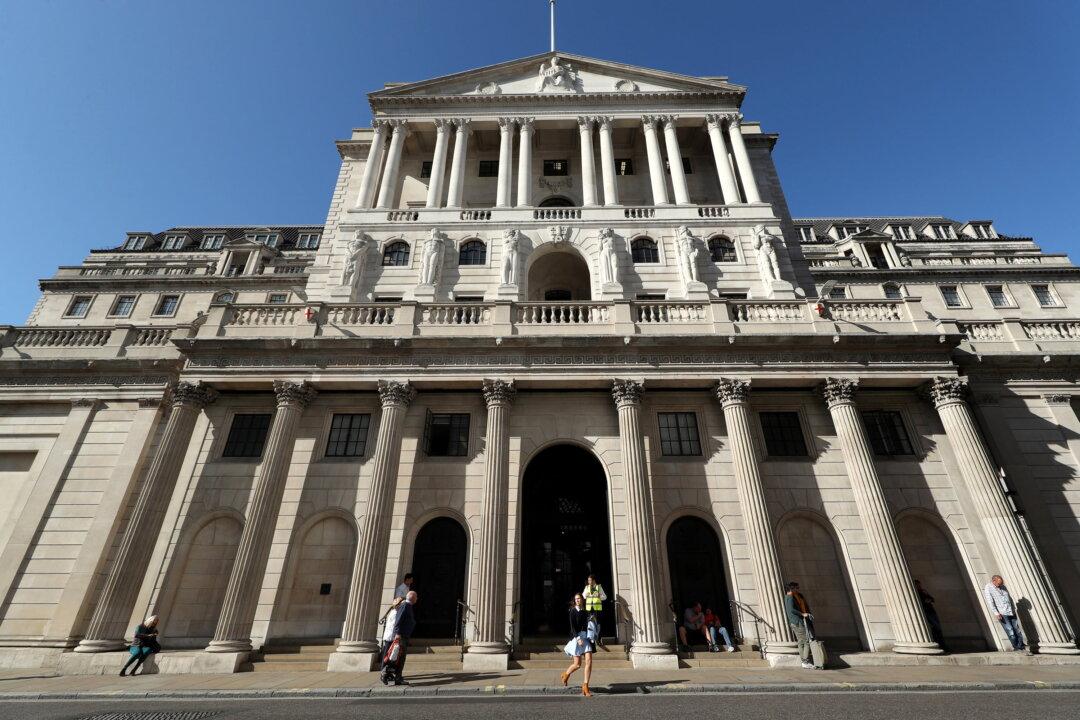Commentary
British bonds, so-called “gilts,“ the UK equivalent of U.S. Treasuries, have been in turmoil since Chancellor of the Exchequer Kwasi Kwarteng announced a £30–40 billion tax cut last Friday. The supply-side tax cuts are intended to restore Britain to 2.5 percent annual growth.





